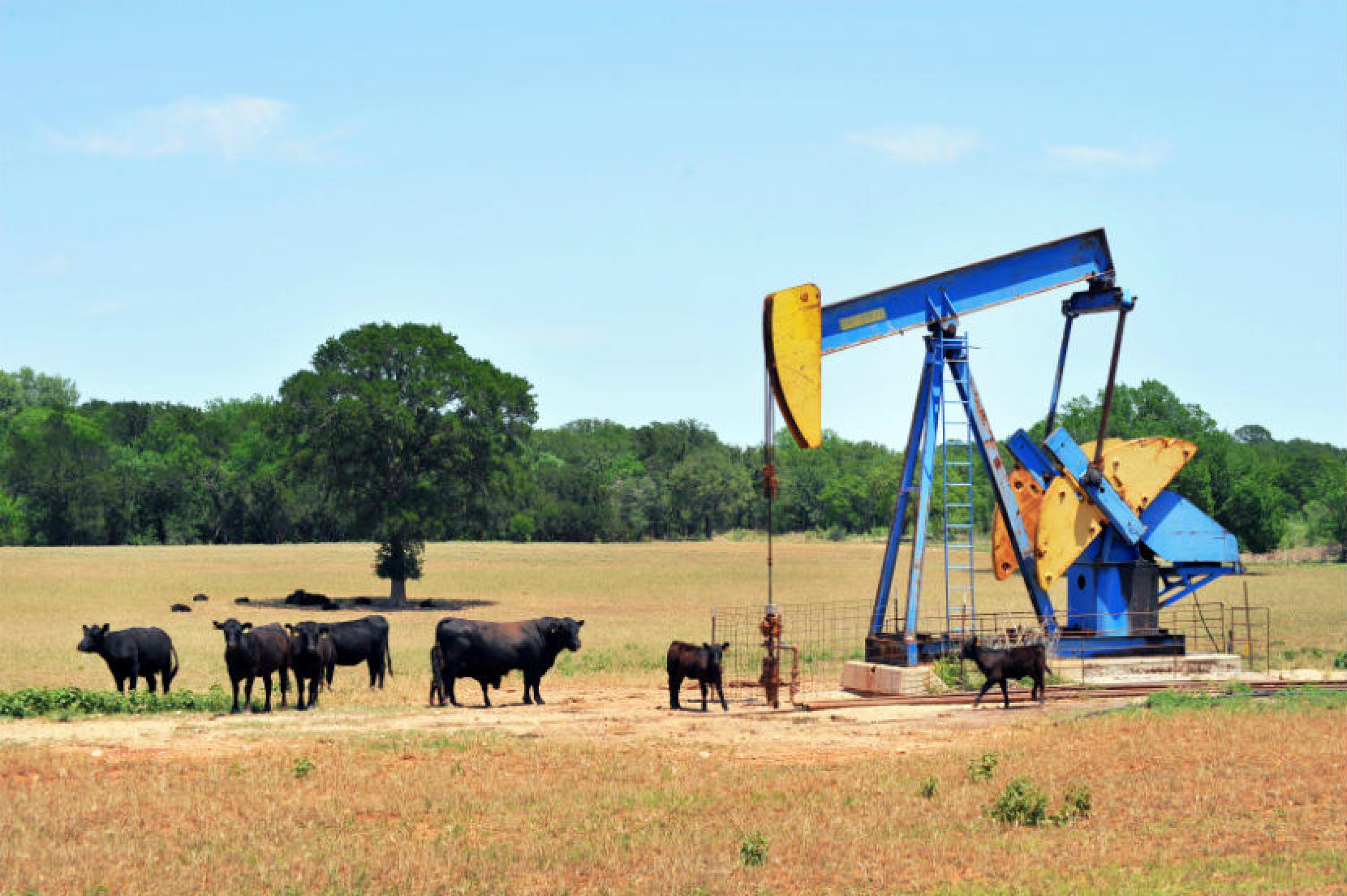Passionate voices in environmental, political and even academic spheres have recommended elimination of 85 percent of global energy by keeping oil, natural gas and coal in the ground, thus cutting back on greenhouse gas emissions. This, they argue, is for the welfare of the global climate and of the impoverished who, they claim, will be hurt most by the impacts of climate change.
These activists suggest that fossil fuels can be replaced relatively easily with intermittent, low-density sources of energy such as wind and solar, as well as with massive production of chemical batteries in hundreds of new “gigafactories.” They have persuaded politicians to introduce “keep it in the ground” legislation, influenced regulators to subsidize renewable energy where renewable resources are poor, and helped to polarize the public.
The keep-it-in-the-ground mantra is misleading at best. At worst, the economic intervention that requires proliferation of “green” energy can actually hurt human development and endanger the environment. Access to secure energy — affordable, available, reliable and sustainable — is what underpins healthy economies, lifts underdeveloped nations from poverty and allows for investment in environmental sustainability. Lack of access to secure energy does the opposite, often forcing human migration from stagnant, impoverished nations.
One unified energy prescription for the entire world does not exist. Energy resources, including wind and sun, vary by geopolitical, geographic and geologic region. Energy regulation, policy and investment are also inconsistent across economies, and energy infrastructure varies from robust to nonexistent. Solar and wind represent a growing sector but still supply only 1 percent of global energy demand.
In terms of fossil fuels, oil for transportation and coal for electricity generation have energized modern economies and positively impacted human health. Advances in oil and gas drilling and completion technology, improved environmental practices and more-modern regulatory policies have revitalized the industry in North America, making production from unconventional reservoirs, such as the shale basins in Pennsylvania, Ohio, North Dakota and Texas, mostly economic. As similar innovations are applied globally, natural gas could substitute for coal in power generation — reducing CO2 emissions substantially, as it has in the United States. This approach should be applauded by anyone wanting to reduce global CO2 emissions.
But nothing is perfect. Increased natural gas production means increased methane leaks. Studies show that natural gas leaks are not systemic, but instead mostly located at the wellhead or major valves that can be identified and fixed. That’s a good thing for the atmosphere and for the producer. Surprisingly, according to the Environmental Protection Agency, only one-third of anthropogenic methane emissions come from fossil fuels. The remaining two-thirds come from fermentation, landfills, agriculture, biomass and wastewater.
Alternatives to oil — such as natural gas, biofuels and fuel cells — and to coal — such as nuclear, natural gas, wind and solar — are evolving. But again, nothing is perfect. In addition to the substantial land needed to install wind turbines and solar panels, the steel, copper, chemicals and rare-earth elements needed to manufacture turbines, panels, transmission lines and batteries require a massive amount of new mining and equally massive landfill disposal.
The ideology being thrust on the public that some energy is good and other energy is bad is cunning. But in reality, keeping 85 percent of the world’s energy in the ground would jeopardize economic development and hurt environmental-sustainability investments. Mitigation and adaptation to a warming planet will require a lot of energy — all energy. Oil and natural gas — and in places even coal — play a vital role out of the ground as part of a secure energy mix for the foreseeable future.
Developed nations must continue to become more energy efficient, increasing economic output while reducing aggregate energy demand and emissions. They must also invest in energy technologies that underdeveloped and developing nations can deploy to enhance economic growth.
Renewable energy has a role, especially in regions where electricity grids and pipelines do not reach. But, ironically, what should perhaps be kept in the ground are the earth materials that will be required to build the millions of turbines, panels, transmission towers, power lines and batteries needed to capture enough wind and sun to power and transport a reasonable fraction of the global population. That process will hardly be green.
Scott Tinker is the director of the Bureau of Economic Geology at The University of Texas at Austin.
A version of this op-ed appeared in Forbes.
To view more op-eds from Texas Perspectives, click here.
Like us on Facebook.




